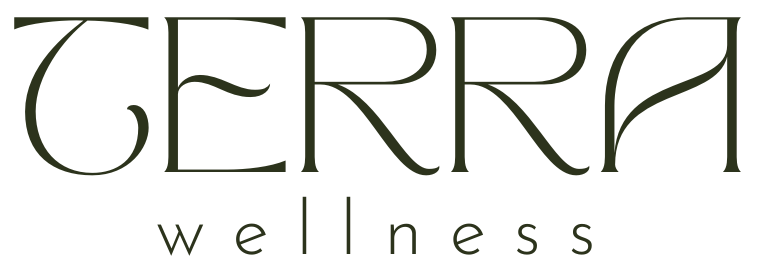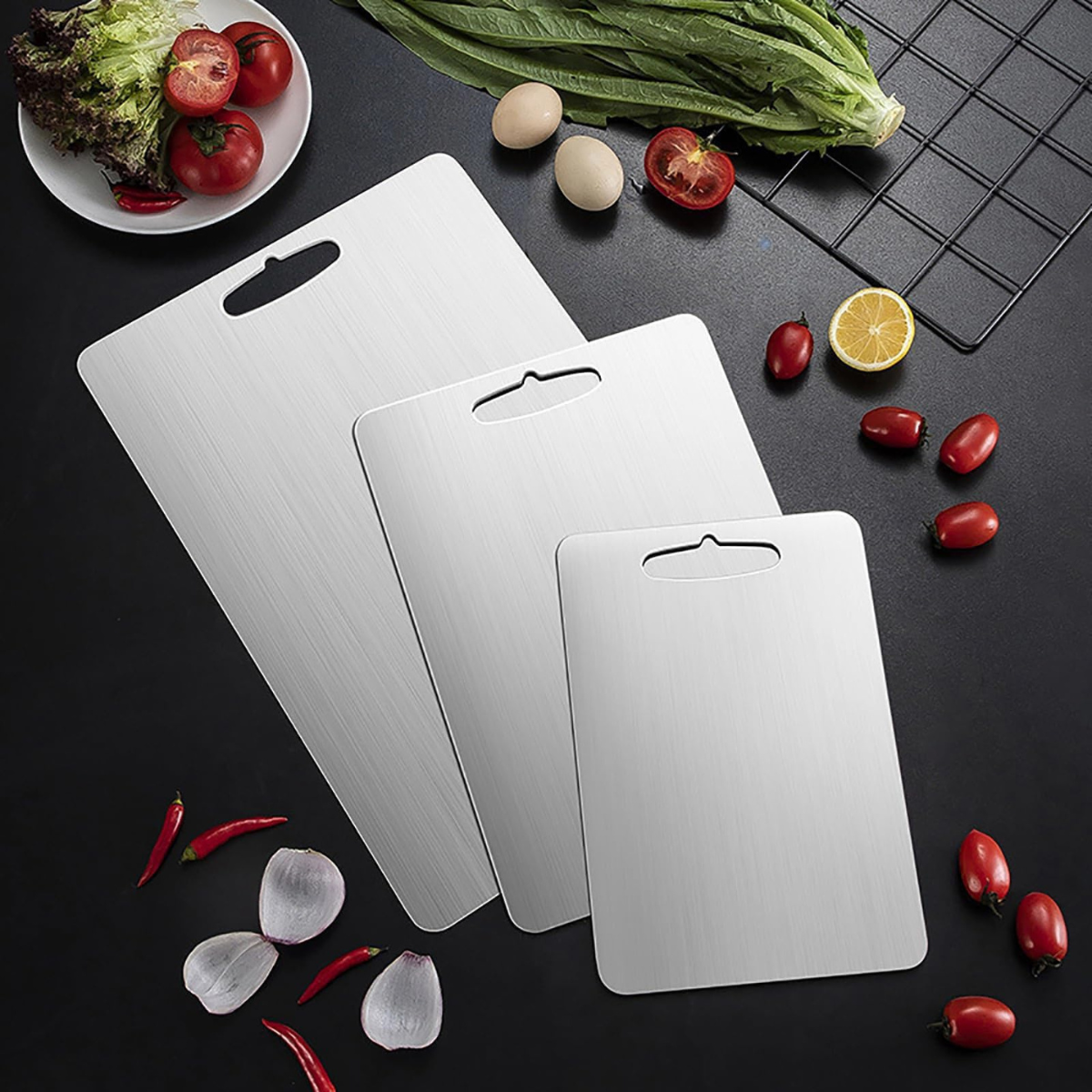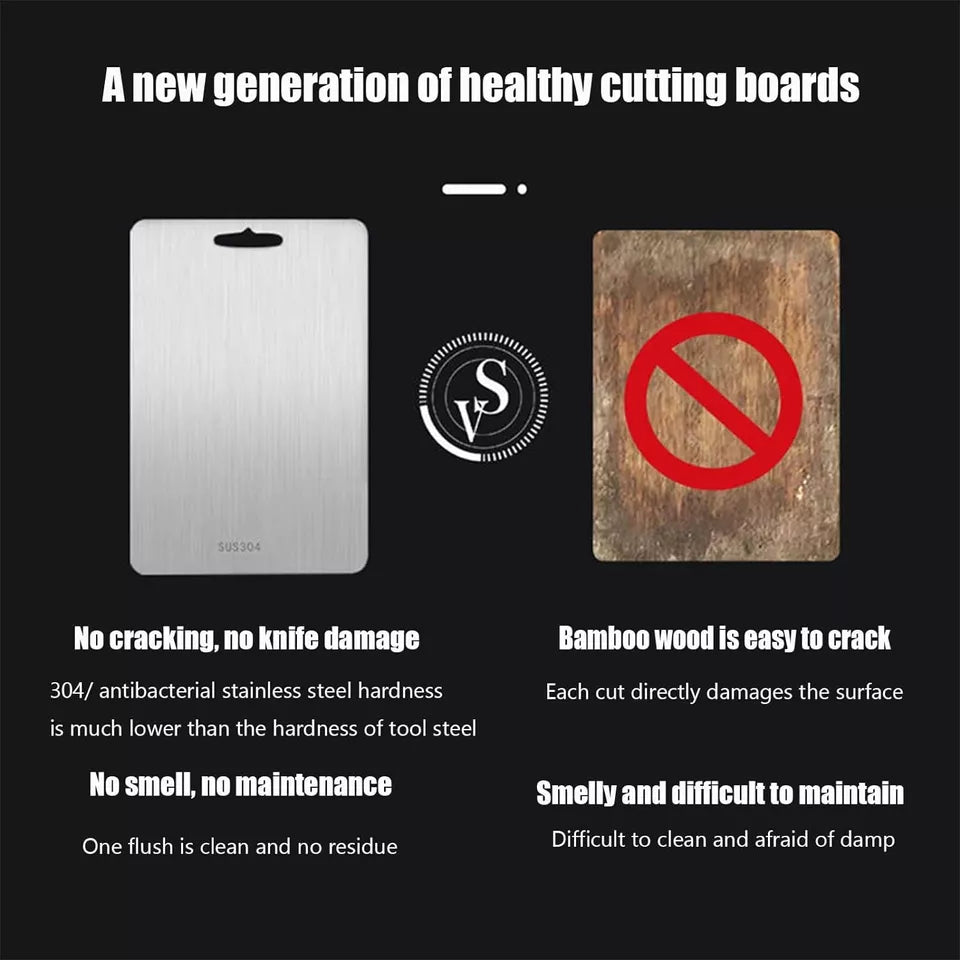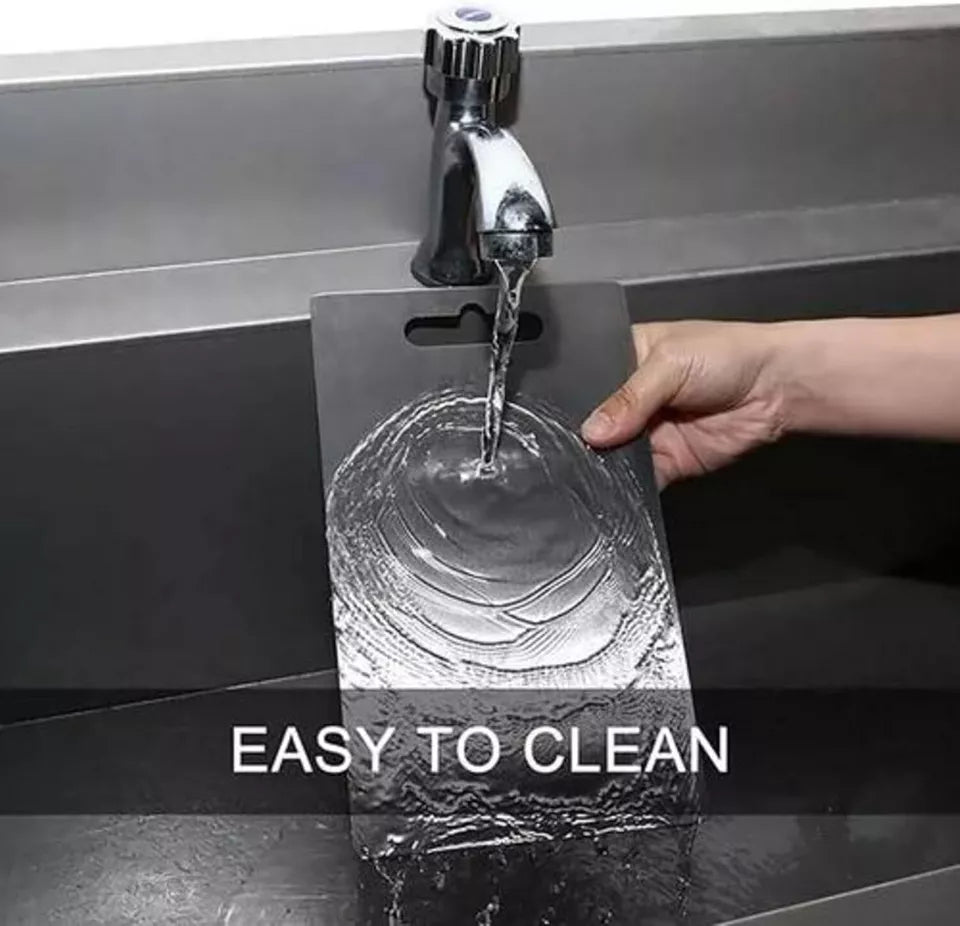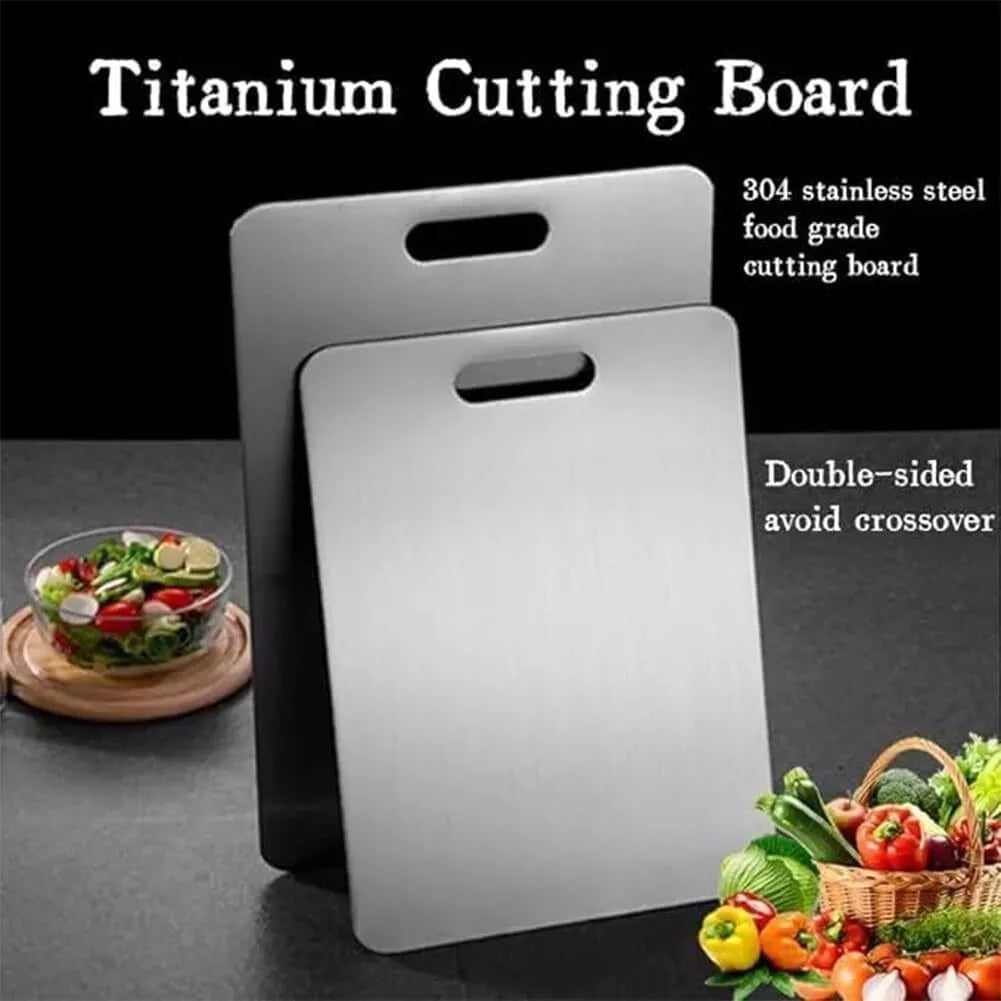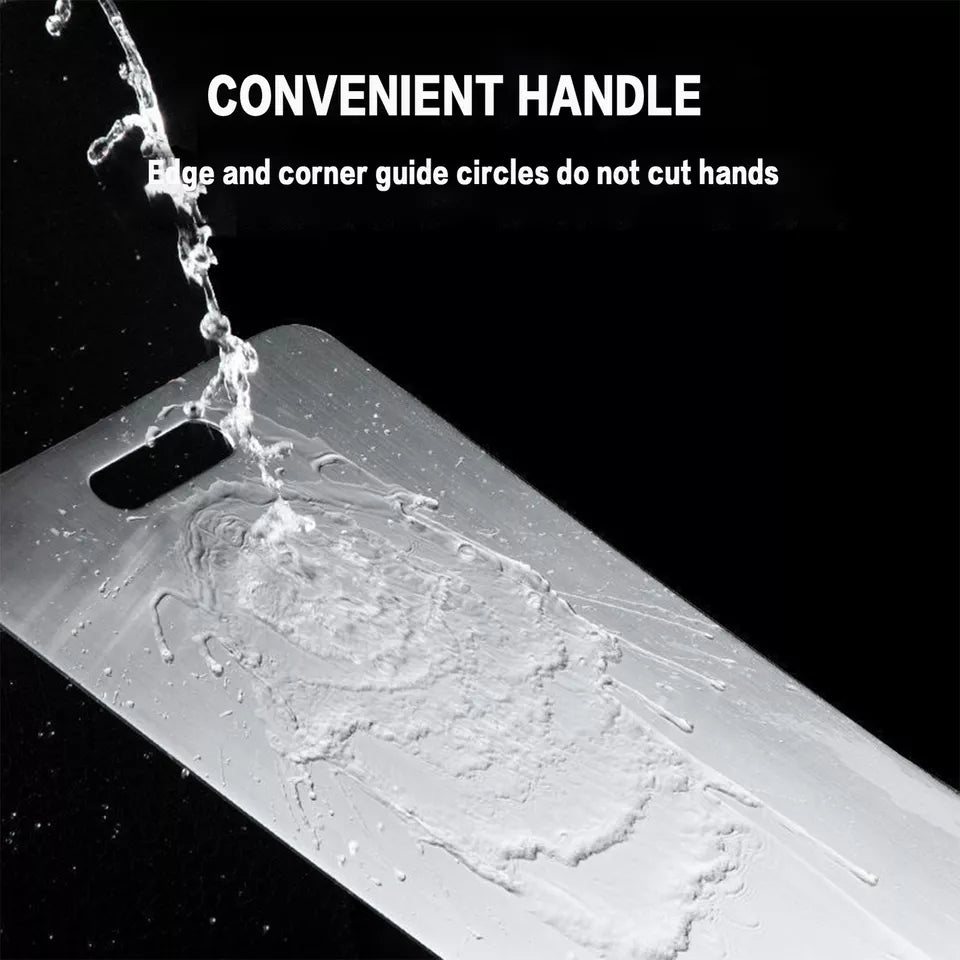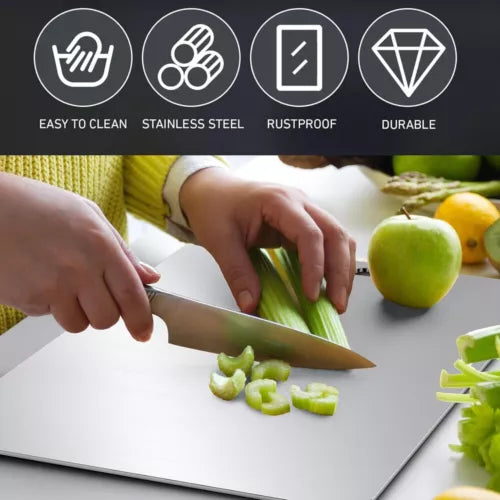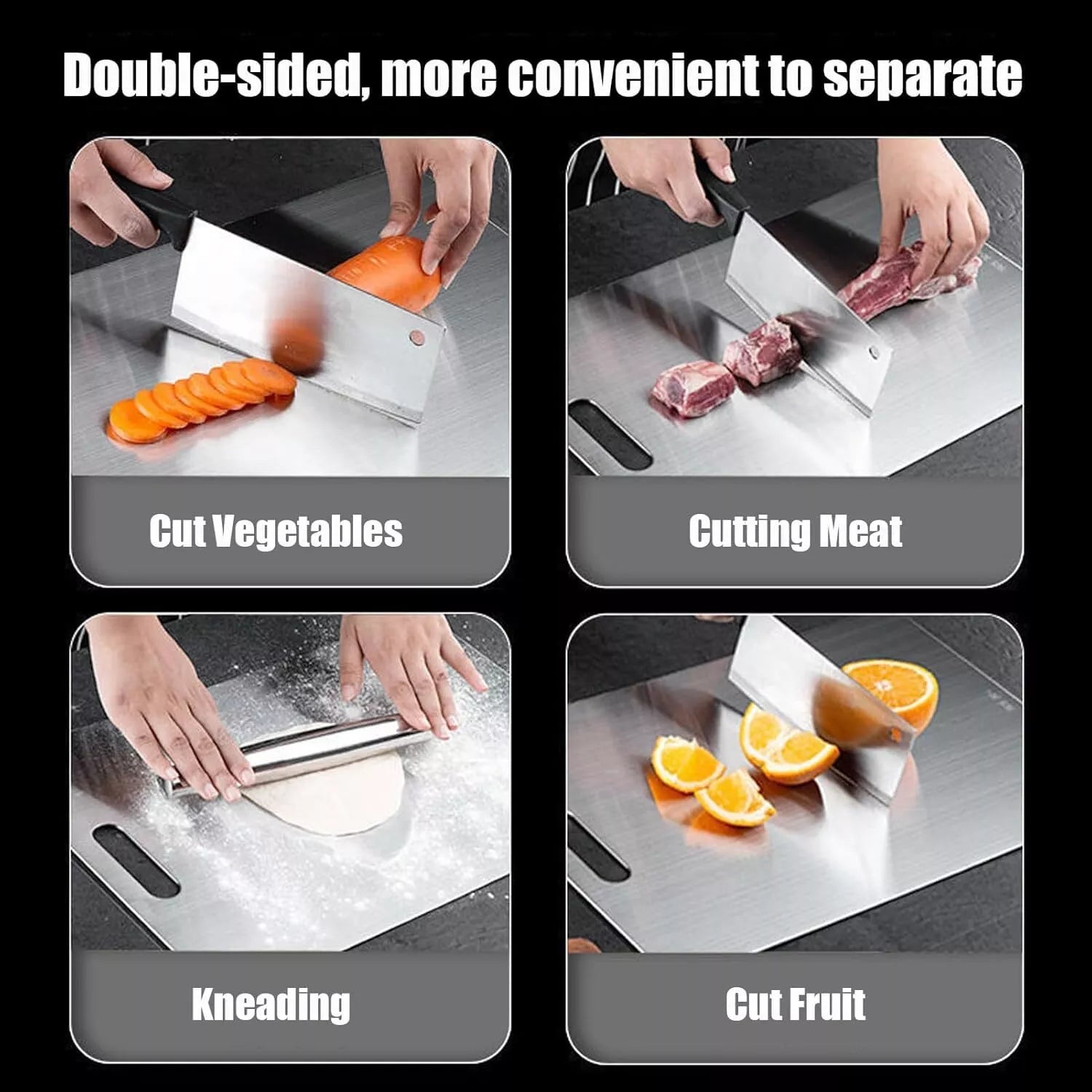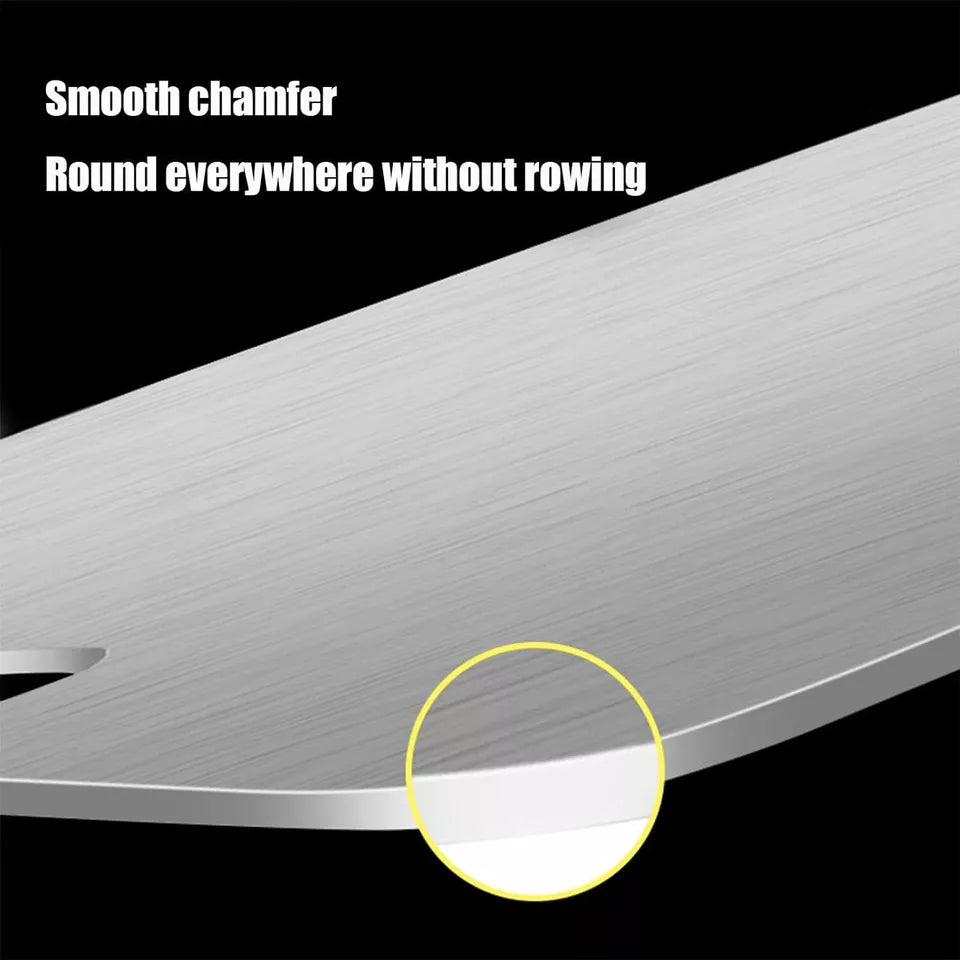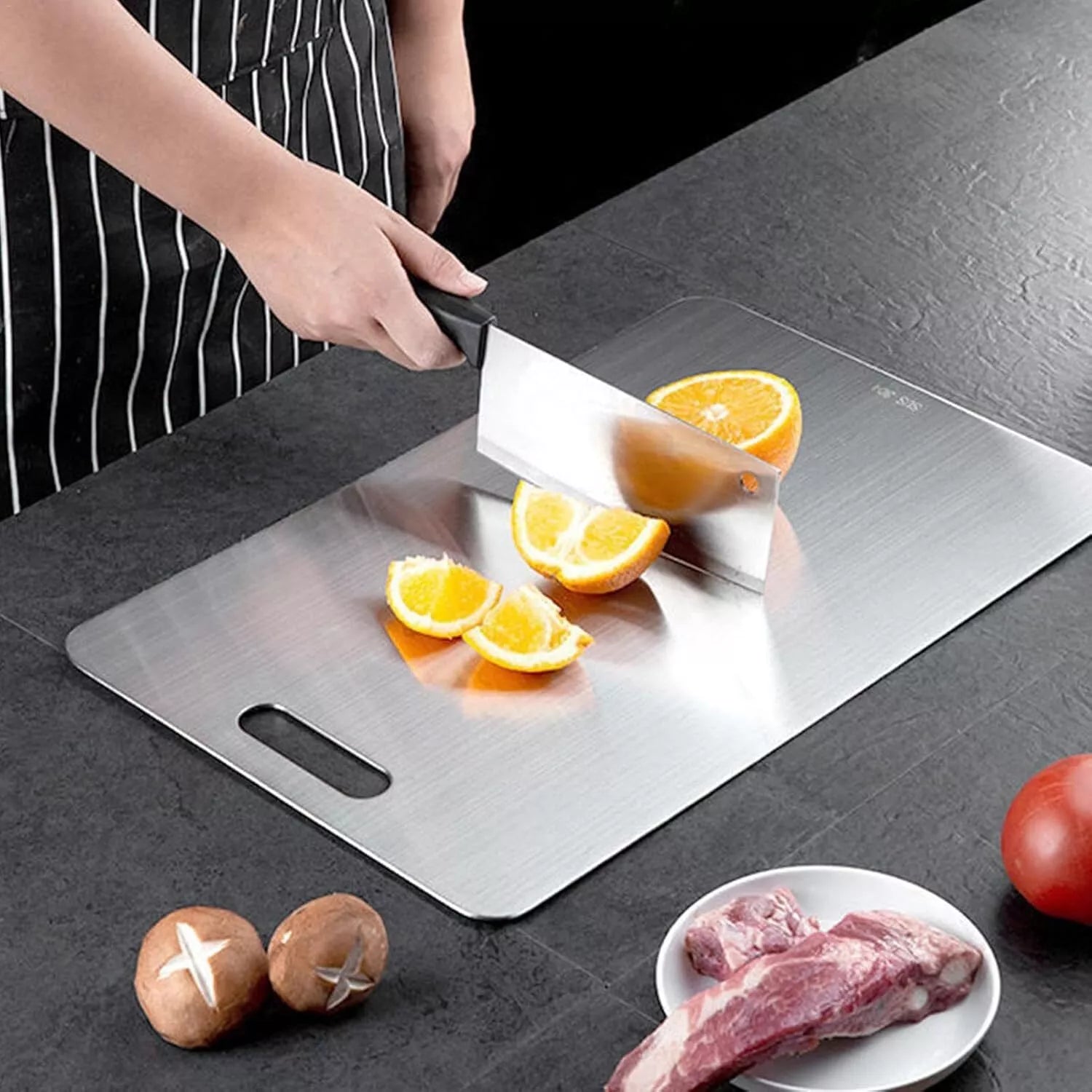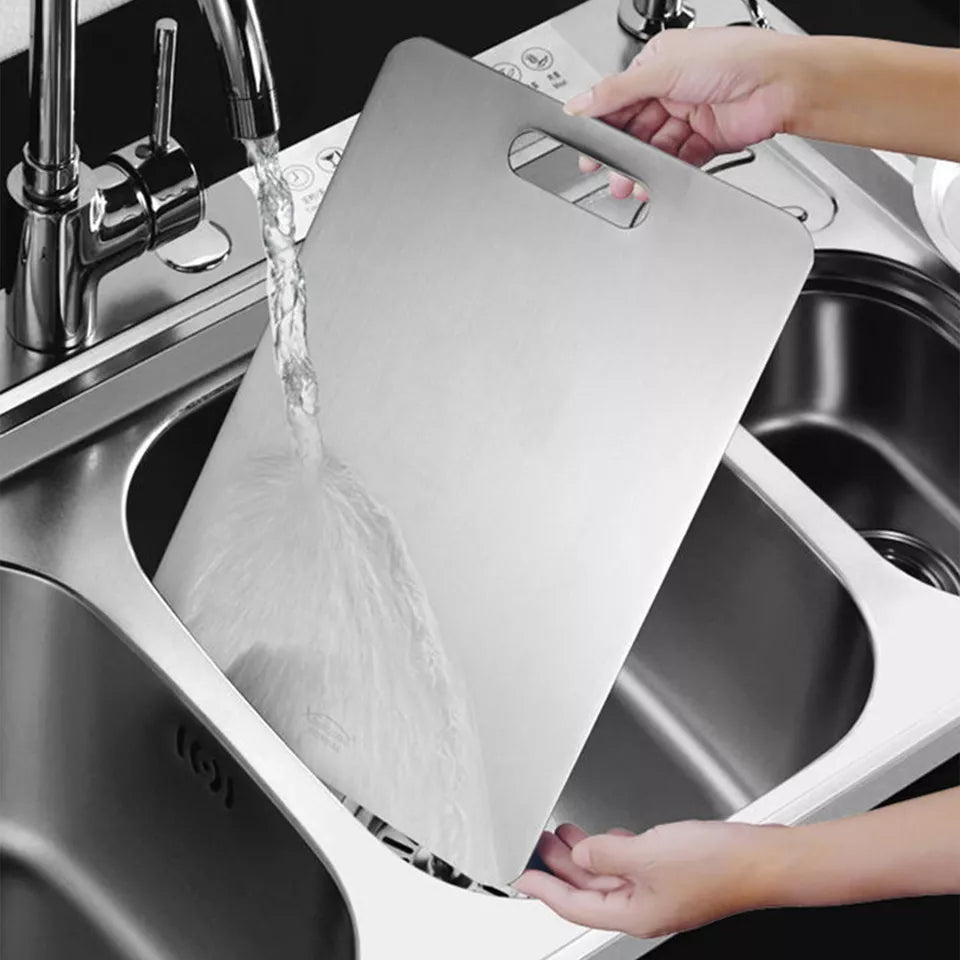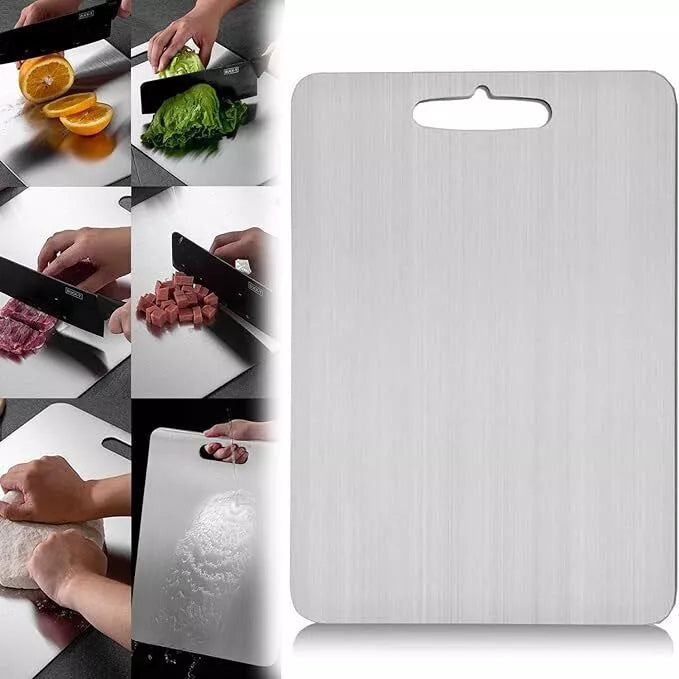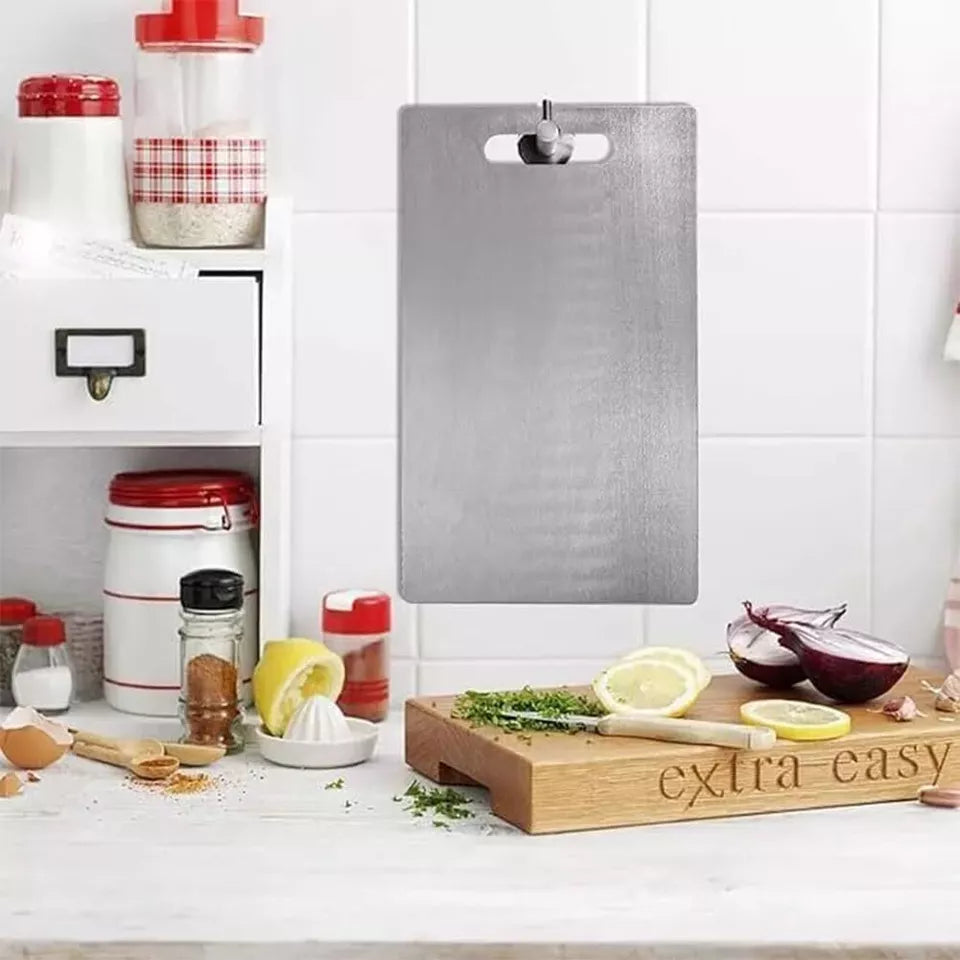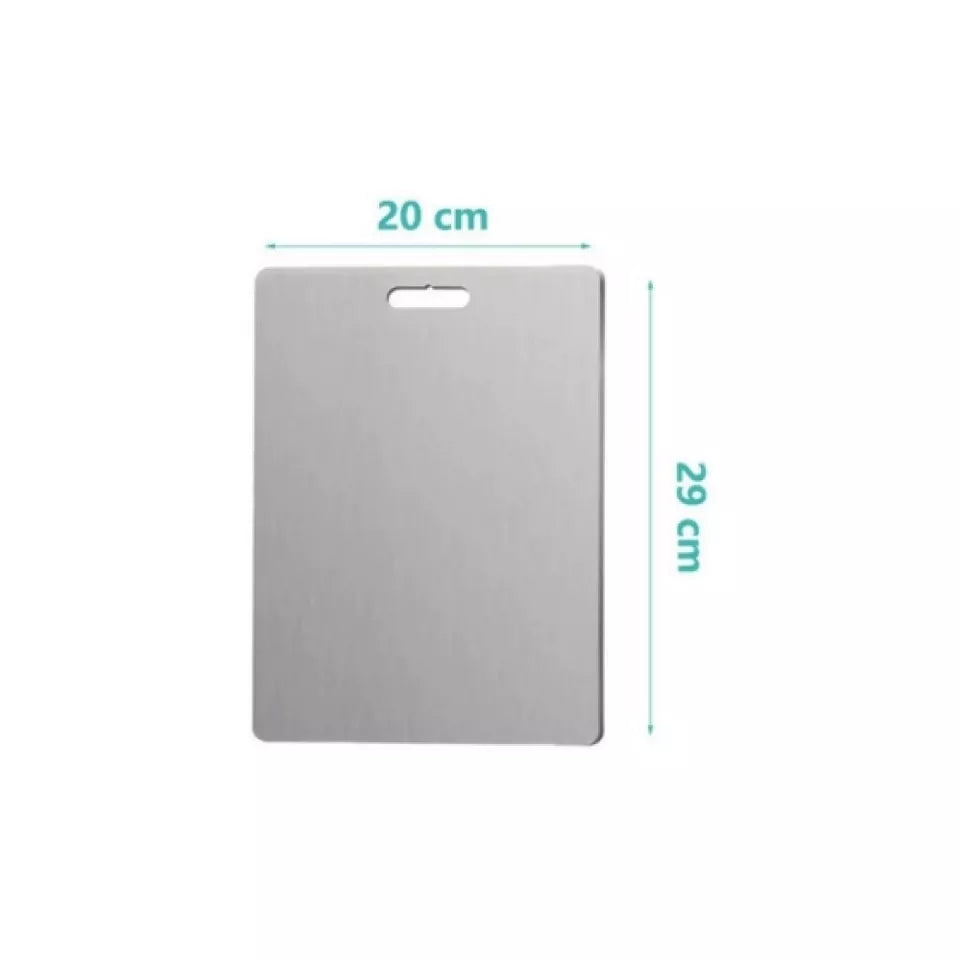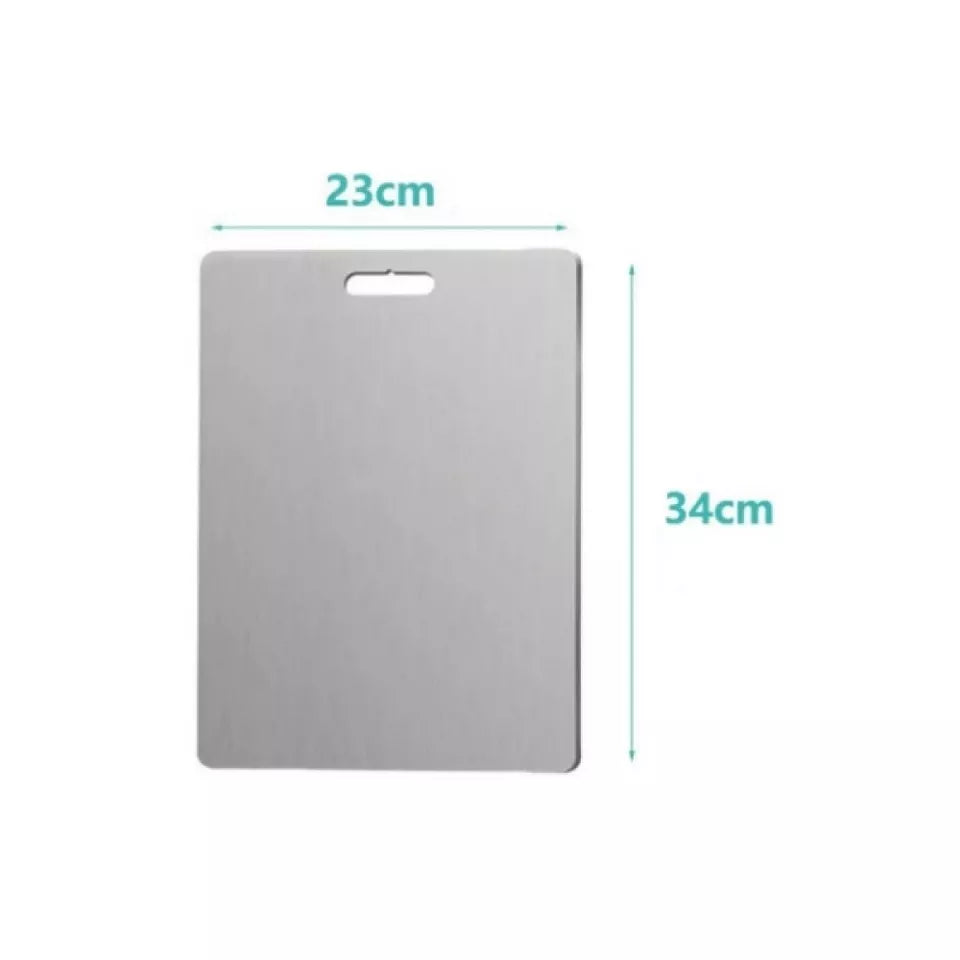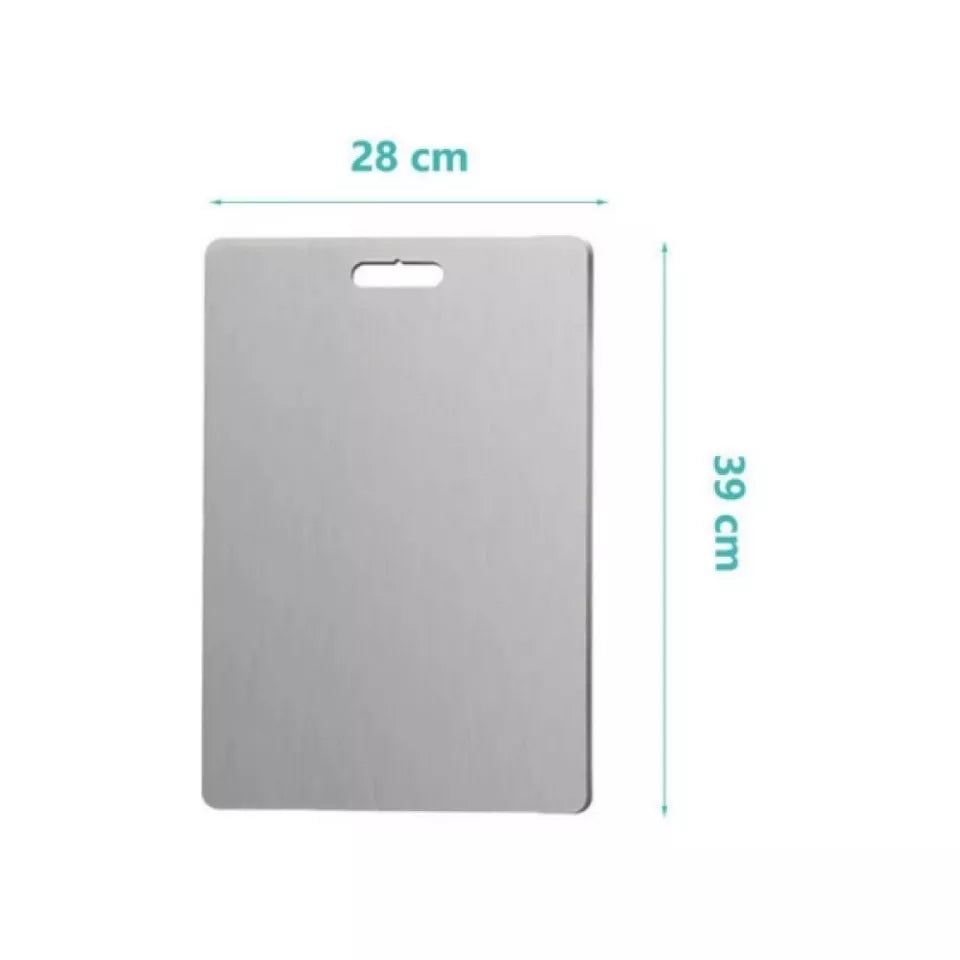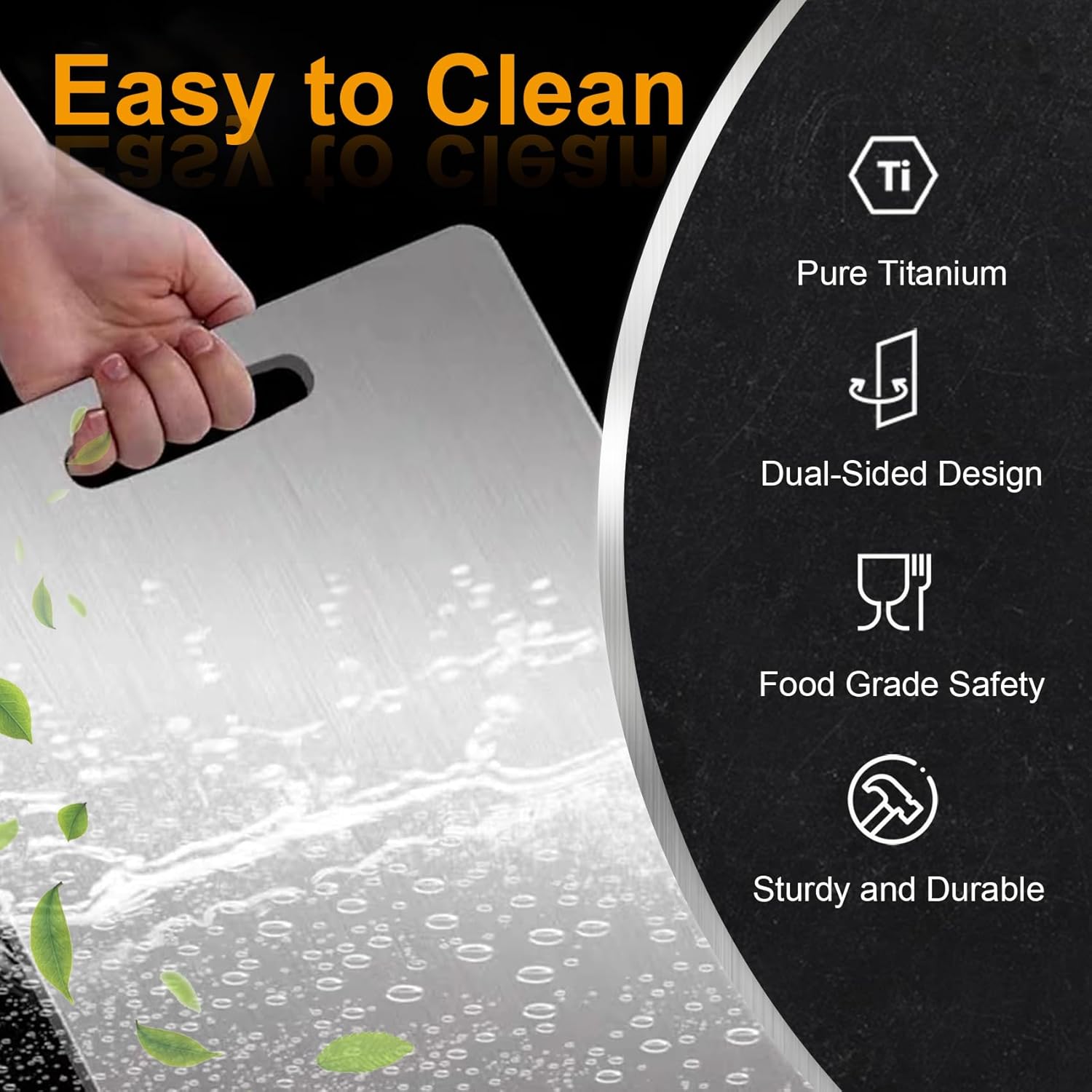5 Surprising Benefits of Titanium Cutting Boards That Will Transform Your Australian Kitchen
What are the benefits of titanium cutting boards for Australian kitchens in 2025?
Titanium cutting boards in Australia offer unmatched benefits: knives stay sharper 3x longer, natural antibacterial protection keeps families safe, and their lightweight design makes them perfect for indoor and outdoor cooking. They’re maintenance-free, eco-friendly, and built to last decades—making them a smarter investment than wood or plastic.
When most people think about upgrading their kitchen, they focus on appliances, cookware, or knives. But there's one often-overlooked tool that could revolutionize your cooking experience: your cutting board.
If you're still using a wooden or plastic cutting board, you're missing out on the remarkable benefits that titanium cutting boards offer. These aren't just marketing claims – they're scientifically-backed advantages that are transforming kitchens across Australia.
Here are five surprising benefits of titanium cutting boards that might just convince you to make the switch.
1. Your Knives Will Stay Sharp 3x Longer (And Save You Money)
The Problem with Traditional Cutting Boards: Every time you use a glass, hard plastic, or improperly maintained wooden cutting board, you're essentially filing away your knife's edge. Those expensive Japanese knives you invested in? They're being dulled with every chop.
The Titanium Solution: Titanium cutting boards have a unique surface hardness that allows your knife edge to bite slightly into the material without causing damage to either the knife or the board. This creates the perfect cutting experience while preserving your blade's sharpness.
•Professional chefs report 30-50% longer intervals between sharpenings
•Home cooks save $50-100 annually on knife maintenance
•Your $200+ knife investment is protected for years longer
Australian Chef Testimonial: "I was skeptical about the knife-friendly claims until I tried it myself. My Shun knives now go 3-4 months between professional sharpenings instead of 6-8 weeks. The math is simple – the cutting board pays for itself through reduced maintenance costs." - Chef David Kim, Melbourne
2. Natural Antibacterial Properties Keep Your Family Safer
The Hidden Danger in Your Kitchen: Traditional cutting boards can harbor dangerous bacteria in microscopic scratches and pores. Even with thorough cleaning, studies show that wooden and plastic boards can retain harmful pathogens like E. coli and Salmonella.
The Science Behind Titanium's Protection: Titanium's surface creates an environment hostile to bacterial growth through several mechanisms:
•Non-porous surface: Bacteria cannot penetrate the material
•Natural antibacterial properties: The titanium surface actively inhibits bacterial reproduction
•Chemical inertness: Won't react with cleaning products or food acids
Research-Backed Results: A study published in the Journal of Biomedical Materials Research found that titanium surfaces can reduce bacterial contamination by up to 99.9% within 24 hours, even without cleaning.
Why This Matters in Australia: With our hot climate and outdoor cooking culture, food safety is particularly important. Titanium cutting boards provide an extra layer of protection during summer barbecues and outdoor entertaining.
3. Zero Maintenance Means More Time Cooking, Less Time Cleaning
The Maintenance Nightmare of Traditional Boards:
•Wooden boards need regular oiling, sanding, and replacement
•Plastic boards develop deep grooves that trap bacteria
•Both require careful cleaning and can retain odors
The Titanium Advantage: Titanium cutting boards are virtually maintenance-free:
•No seasoning required: Unlike wood, titanium needs no special treatments
•Dishwasher safe: Though hand washing is gentler on the finish
•Stain and odor resistant: Won't absorb colors or smells from foods
•No replacement needed: Can last decades with basic care
Time Savings Calculation: The average home cook spends 15 minutes weekly maintaining wooden cutting boards (oiling, deep cleaning, etc.). Over a year, that's 13 hours – time you could spend actually cooking!
4. Surprisingly Lightweight Design Reduces Kitchen Fatigue
The Weight Problem Nobody Talks About: Heavy cutting boards contribute to kitchen fatigue, especially during meal prep sessions. This is particularly relevant for Australian home cooks who often prepare large quantities for family gatherings and outdoor events.
Titanium's Lightweight Advantage: Despite being incredibly strong, titanium is approximately:
•40% lighter than equivalent stainless steel boards
•60% lighter than stone or glass boards
•Comparable weight to thick wooden boards but without the bulk
•Easier to move between prep areas
•Less strain on wrists during extended use
•Simpler storage and handling
•Reduced risk of dropping and injury
Perfect for Australian Outdoor Cooking: The lightweight nature makes titanium cutting boards ideal for camping, caravanning, and outdoor kitchen setups – popular activities across Australia.
5. Environmental Sustainability That Lasts Generations
The Hidden Environmental Cost of Disposable Boards: Most cutting boards are essentially disposable items:
•Plastic boards need replacement every 1-2 years
•Wooden boards typically last 3-5 years with proper care
•Both contribute to ongoing waste streams
Titanium's Environmental Advantages:
•Lifetime durability: Can last 20+ years or even generations
•100% recyclable: Titanium retains its properties through recycling
•No chemical treatments: Won't leach harmful substances
•Reduced waste: Eliminates the need for frequent replacements
Carbon Footprint Comparison: While titanium production is energy-intensive, the lifetime durability means the per-year environmental impact is actually lower than regularly replaced alternatives.
Supporting Australian Values: The sustainability aspect aligns with growing Australian consciousness about environmental responsibility and reducing household waste.
Bonus Benefit: Heat Resistance for Versatile Kitchen Use
While not recommended for food safety reasons, titanium cutting boards can handle temperature extremes that would damage other materials:
•Won't warp in hot Australian summers
•Can handle brief contact with hot cookware
•Maintains integrity in freezer temperatures
•Perfect for outdoor use in varying weather conditions
The Investment Perspective: Why Titanium Makes Financial Sense
Initial Cost vs. Long-Term Value
Traditional Board Costs (5-Year Period):
•Quality wooden board: $80 AUD (replaced twice) = $160 AUD
•Maintenance supplies: $50 AUD
•Additional knife sharpening: $100 AUD
Titanium Board Costs (5-Year Period):
•Quality titanium board: $350 AUD
•Maintenance supplies: $10 AUD
•Reduced knife sharpening: -$50 AUD savings
The costs are essentially equal, but titanium provides superior performance and continues serving well beyond the 5-year mark.
What to Look for When Buying a Titanium Cutting Board
Purity Matters
•Look for 99%+ pure titanium
•Avoid titanium alloys that may not offer the same benefits
•Check for SGS or similar certification
Surface Finish
•Smooth finishes are easier to clean
•Textured finishes may provide better grip but can be noisier
•Consider your cooking style and preferences
Size and Thickness
•Choose based on your kitchen space and cooking volume
•Thicker boards (8-12mm) offer better stability
•Consider multiple sizes for different tasks
Certification and Safety
•Look for FDA approval for food contact
•Check for Australian safety standards compliance
•Verify manufacturer warranties and support
Common Concerns Addressed
"Will It Dull My Expensive Knives?"
This is the most common concern, and it's understandable given the hardness of metal. However, quality titanium cutting boards are specifically engineered to be knife-friendly. The surface hardness is calibrated to provide stability while allowing slight knife penetration.
"Is It Worth the High Cost?"
When you factor in knife preservation, reduced maintenance, and lifetime durability, titanium cutting boards often cost less per year than traditional alternatives.
"Will It Be Too Noisy?"
Some titanium boards can be noisier than wood, but this varies significantly by brand and surface finish. Many manufacturers have addressed this concern with specialized surface treatments.
"Is It Really More Hygienic?"
The antibacterial properties of titanium are well-documented in scientific literature. Combined with the non-porous surface, titanium provides superior hygiene compared to traditional materials.
Making the Switch: What Australian Cooks Are Saying
Sarah M., Brisbane: "I was hesitant about the cost, but after six months, I can't imagine going back. My knives stay sharp, cleanup is effortless, and I have complete confidence in food safety."
Michael T., Perth: "As someone who cooks daily, the time savings alone justify the investment. No more oiling wooden boards or worrying about bacteria in scratches."
Lisa K., Sydney: "The lightweight design was unexpected but so appreciated. I can easily move it around my small kitchen, and it's perfect for our camping trips."
The Bottom Line: Is Titanium Right for Your Kitchen?
Titanium cutting boards aren't just a luxury – they're a practical investment in your cooking experience, family's health, and long-term kitchen efficiency. The five benefits outlined above represent real, measurable improvements to your daily cooking routine.
You Should Consider Titanium If:
•You cook regularly (3+ times per week)
•You own quality knives worth protecting
•Food safety is a priority in your household
•You value low-maintenance kitchen tools
•You're environmentally conscious about waste reduction
You Might Prefer Traditional Options If:
•Budget is the primary concern
•You're attached to the traditional feel of wood
•You're satisfied with your current setup
Ready to Experience the Titanium Difference?
The benefits of titanium cutting boards extend far beyond what most people expect. From protecting your knife investment to providing superior food safety, these remarkable tools are transforming Australian kitchens one household at a time.
The question isn't whether titanium cutting boards offer benefits – the science is clear on that. The question is whether those benefits align with your cooking style, values, and kitchen goals.
Ready to discover why thousands of Australian families have made the switch to titanium? Explore our collection of certified titanium cutting boards and experience the difference for yourself.
Use code BLOG20 to save 20% today on our premium hygienic chopping boards, with free shipping Australia-wide. [Shop Hygienic Chopping Boards ➜]
FAQs About Titanium Cutting Boards in Australia
Q1: Why are titanium cutting boards better for knives?
A: Titanium boards preserve knife edges up to 3x longer than glass or plastic, saving Australians on sharpening and protecting premium blades.
Q2: Are titanium cutting boards antibacterial?
A: Yes—titanium naturally inhibits bacterial growth, making it safer than porous wooden or grooved plastic boards.
Q3: Do titanium cutting boards require maintenance?
A: No. Unlike wood that needs oiling, titanium is dishwasher safe, stain-resistant, and virtually maintenance-free.
Q4: Are titanium cutting boards lightweight?
A: Yes. They’re about 40% lighter than stainless steel and 60% lighter than stone, making them ideal for Australian kitchens and outdoor cooking.
Q5: Are titanium cutting boards environmentally friendly?
A: Yes. They’re 100% recyclable, last for decades, and eliminate the waste of frequently replacing wood or plastic boards.
Q6: Are titanium cutting boards worth the cost?
A: Absolutely. While the upfront cost is higher, long-term savings on knives, replacements, and maintenance make them excellent value for Australian families.
For further information please refer to:
Titanium Cutting Board Pros and Cons: A Comprehensive Analysis
Are Titanium Cutting Boards Good? An Expert Analysis




